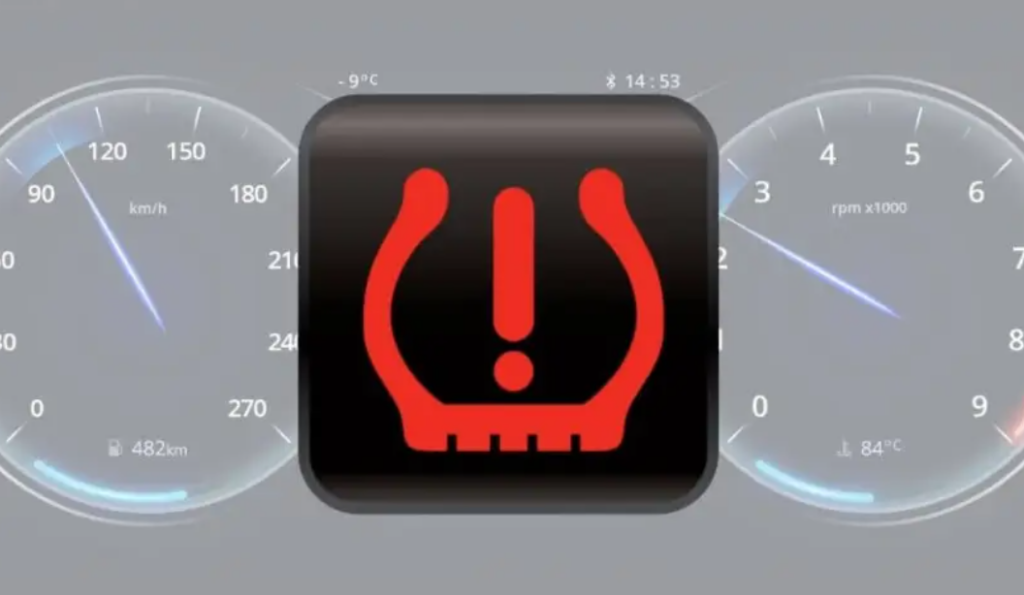The Tyre Pressure Monitoring System (TPMS) is a vital safety feature in modern vehicles, alerting drivers when tyre pressure falls below optimal levels. Resetting the TPMS is essential after inflating tyres, rotating them, or replacing sensors. This guide provides a comprehensive overview of TPMS, its importance, and step-by-step instructions on resetting it.
What is TPMS and Why Is It Important?
TPMS is an electronic system that monitors the air pressure inside your tyres. It uses sensors to detect under-inflation and alerts the driver via a dashboard warning light. Maintaining correct tyre pressure ensures optimal vehicle handling, fuel efficiency, and tyre longevity.
Common Reasons for TPMS Alerts:
-
Under-inflated Tyres: Natural air loss over time or temperature changes can reduce tyre pressure.
-
Tyre Rotation or Replacement: Altering tyre positions can disrupt sensor readings.
-
Sensor Battery Depletion: TPMS sensors have batteries that may deplete over time.
-
Faulty Sensors: Physical damage or corrosion can impair sensor functionality.
General Steps to Reset TPMS
While procedures may vary by vehicle make and model, the following steps are commonly applicable:
-
Inflate Tyres: Ensure all tyres are inflated to the manufacturer’s recommended pressure
-
Turn Ignition On: Switch the ignition to the “ON” position without starting the engine.
-
Locate TPMS Reset Button: This is often found beneath the steering wheel or in the glove box.
-
Press and Hold: Hold the reset button until the TPMS indicator light blinks three times.
-
Drive the Vehicle: Drive at 50mph or higher for about 10 minutes to allow the system to recalibrate.
Note: Always consult your vehicle’s owner’s manual for model-specific instructions.
When to Seek Professional Assistance
If the TPMS warning light remains illuminated after following reset procedures, it may indicate a malfunctioning sensor or system issue. In such cases, it’s advisable to consult a professional mechanic or visit a service center. Here at Portsmouthtyre.co.uk we offer free TPMS checks to diagnose and rectify such problems.
Conclusion
Regularly monitoring and maintaining your vehicle’s tyre pressure is crucial for safety and performance. Understanding how to reset your TPMS ensures that you’re alerted to any future tyre pressure issues promptly. Always refer to your vehicle’s manual for specific instructions and seek professional help when necessary.


